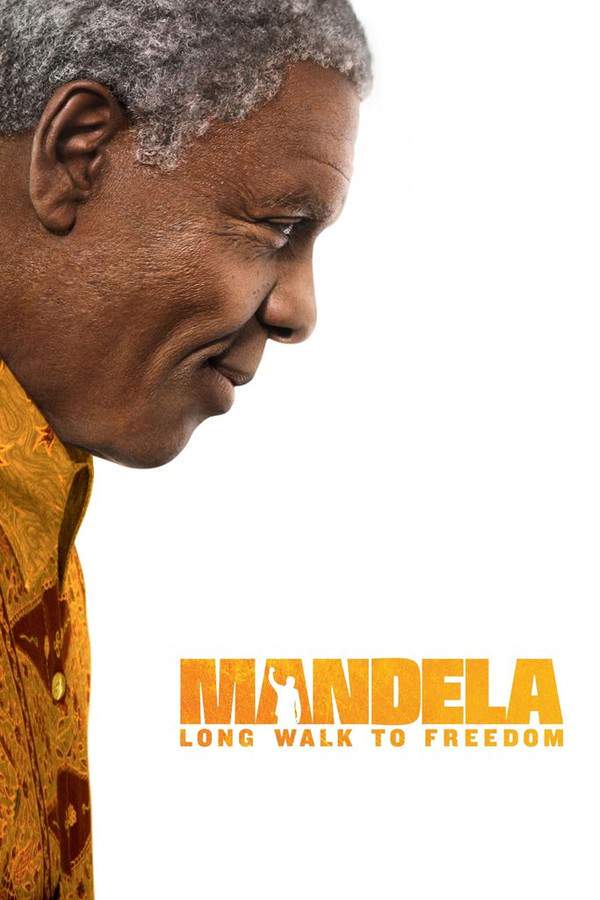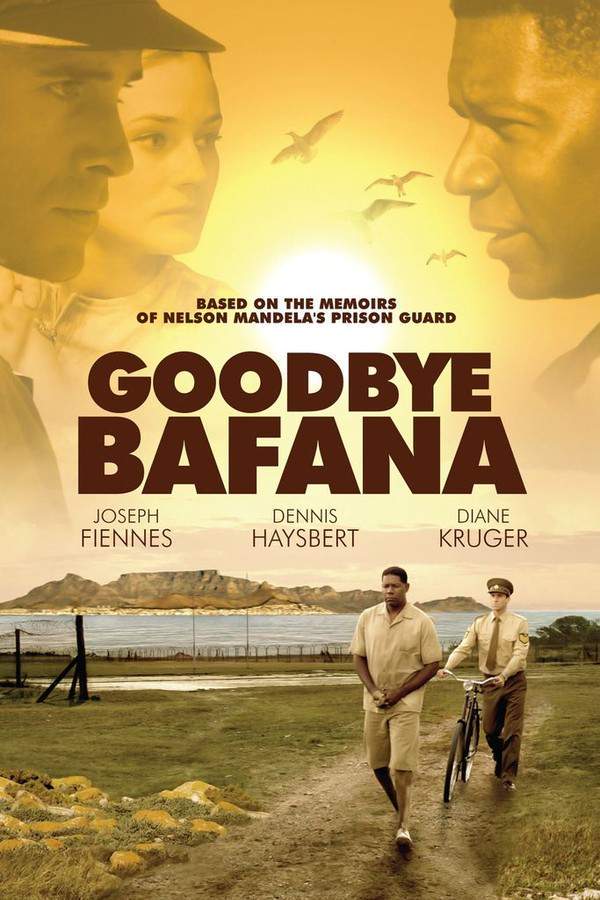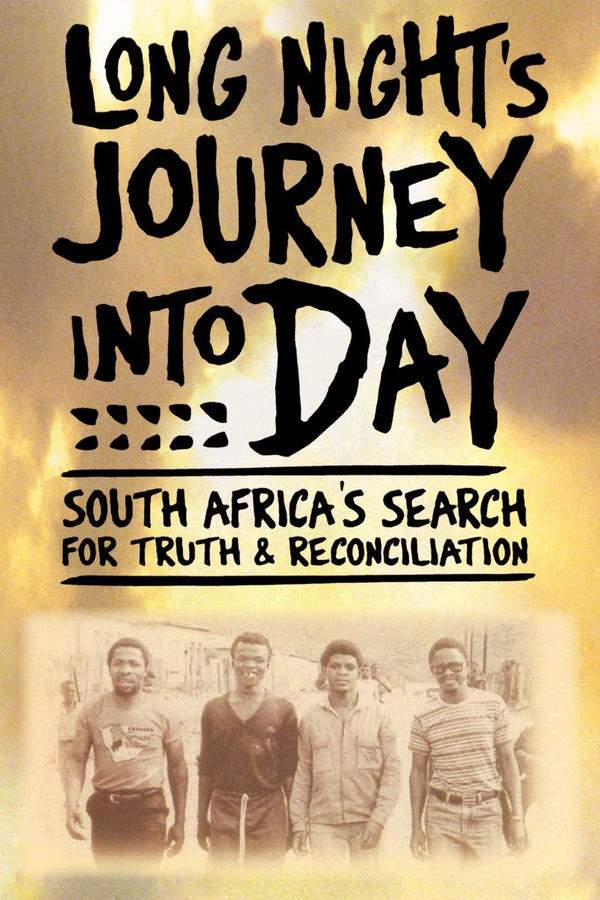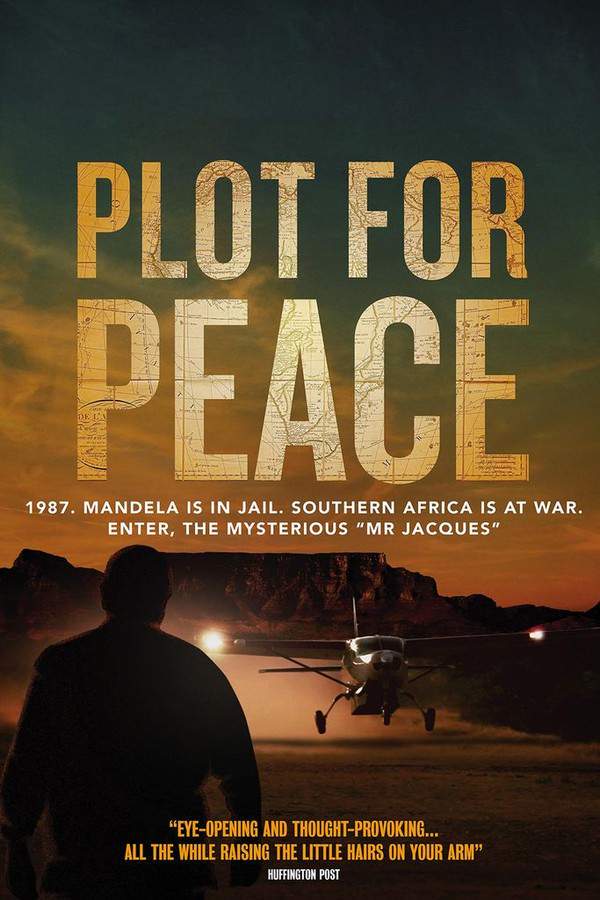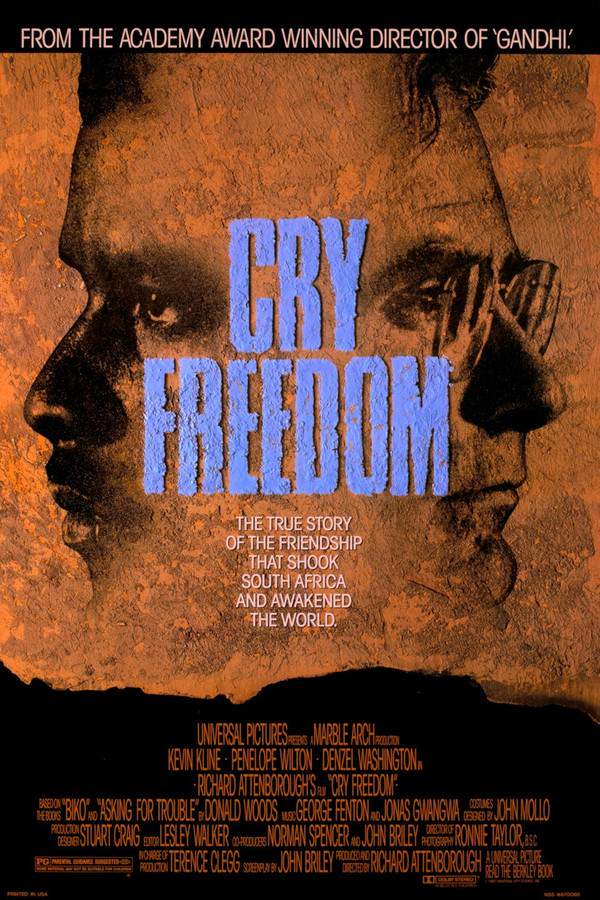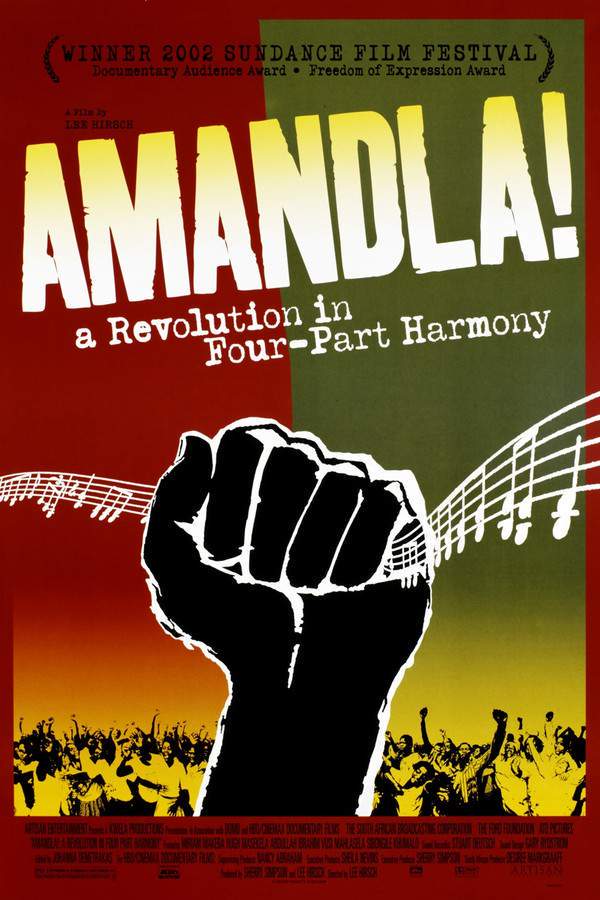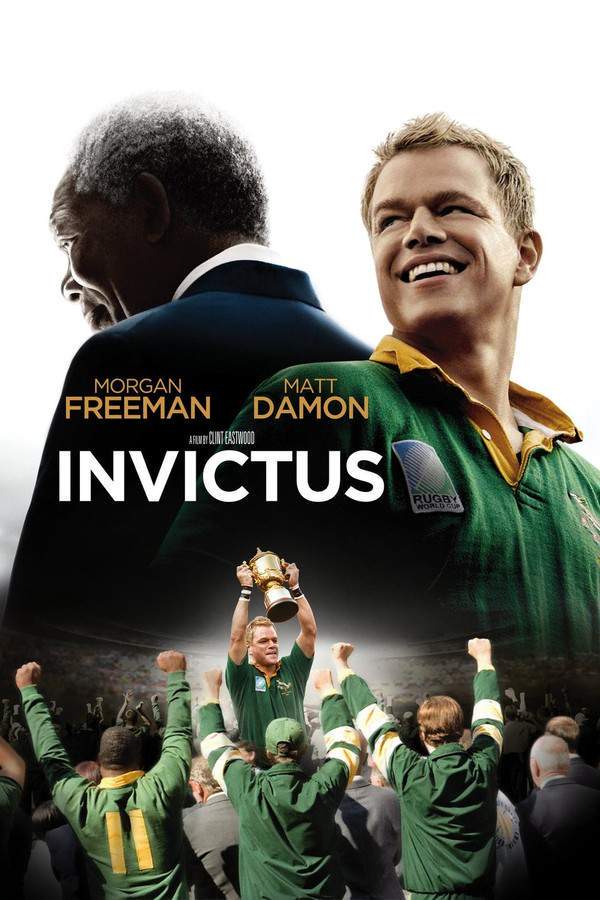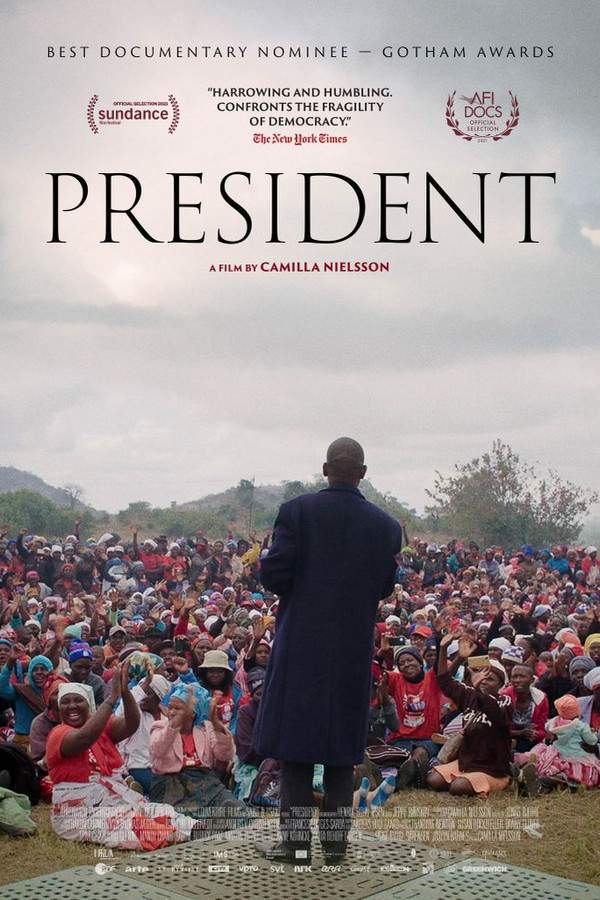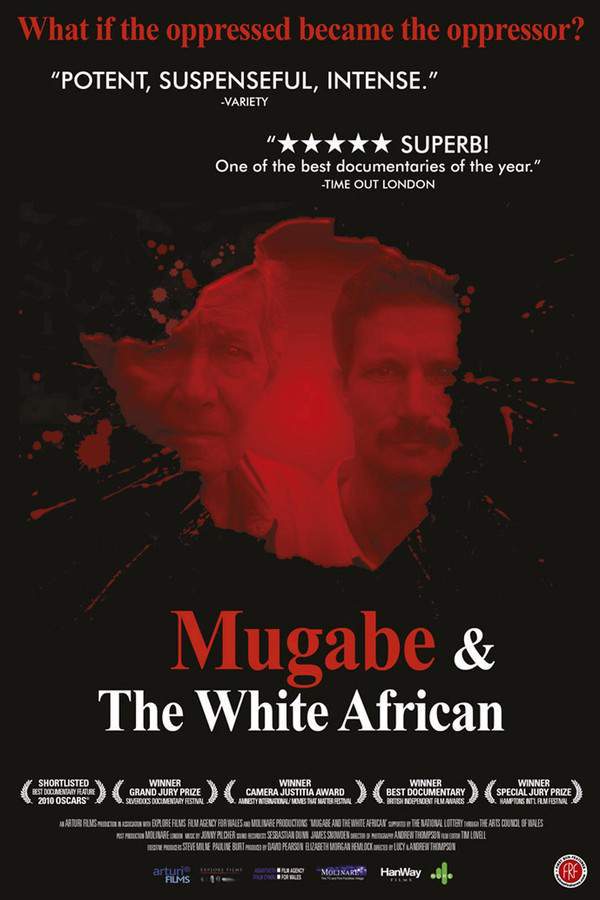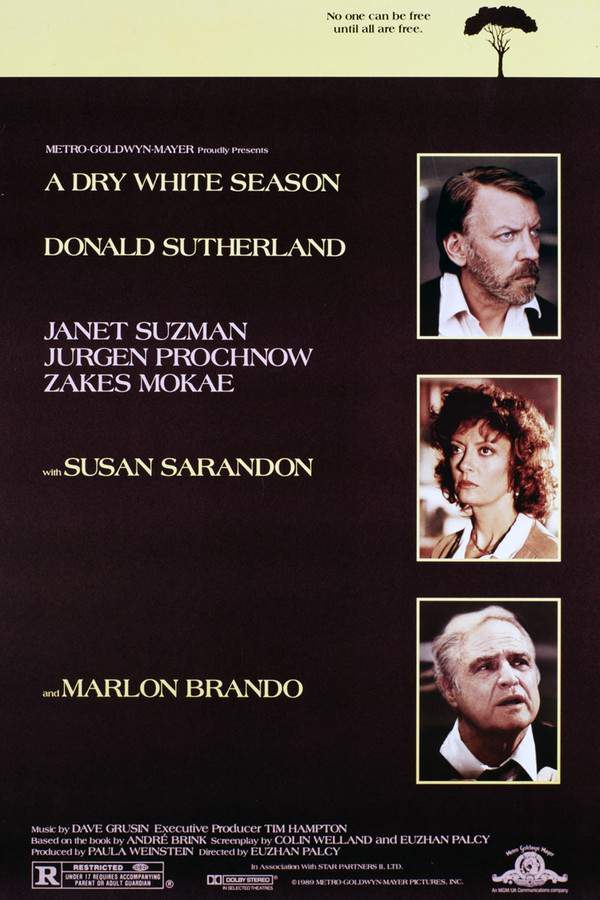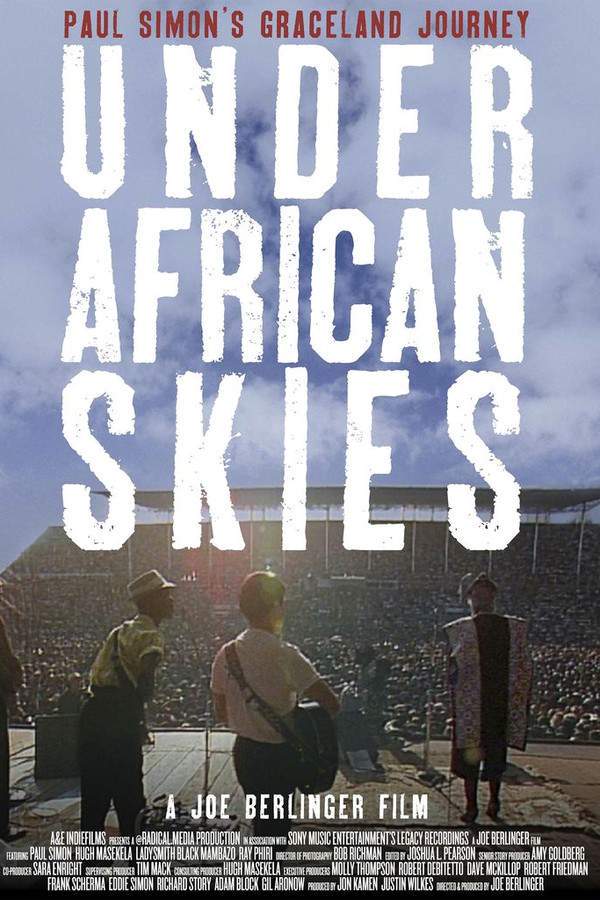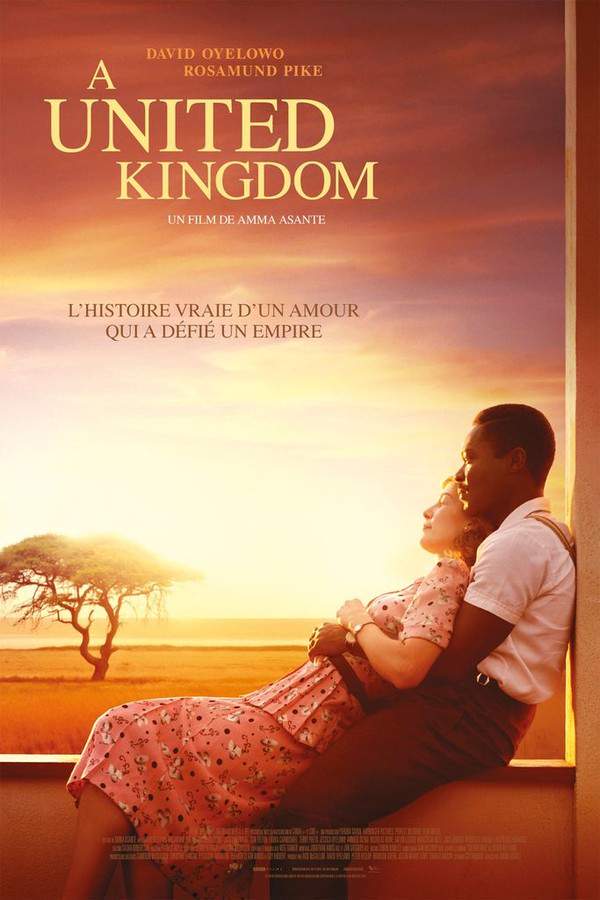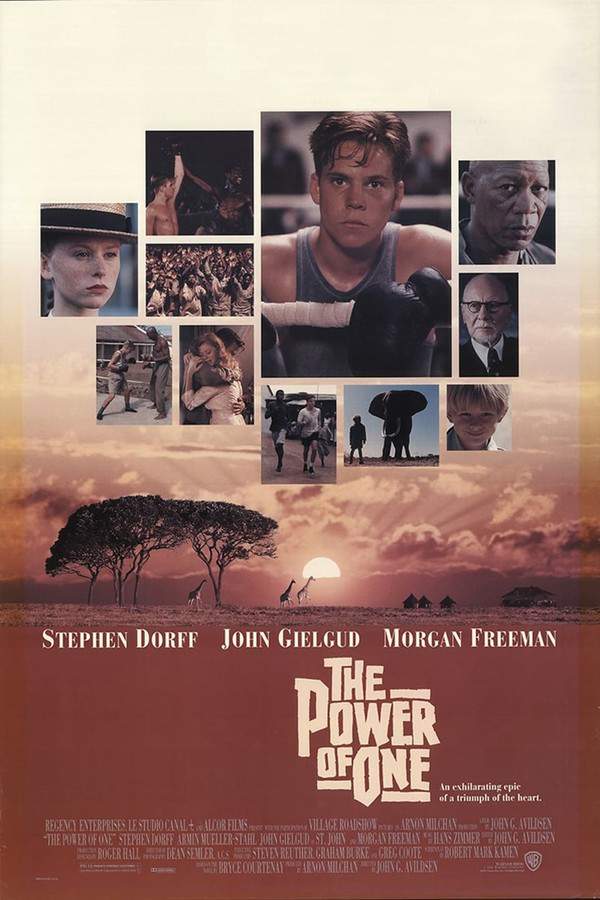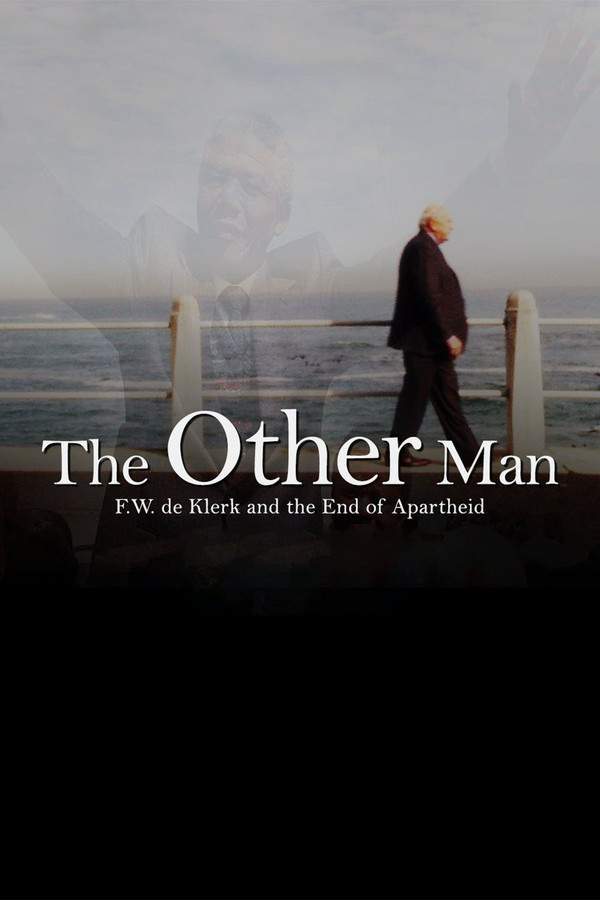
The Other Man: F.W. de Klerk and the End of Apartheid
Year: 2015
Runtime: 75 min
Language: English
Director: Nicolas Rossier
This documentary explores the surprising journey of F.W. de Klerk, the last apartheid-era president of South Africa. It examines his pivotal role in transitioning from imprisoning Nelson Mandela to collaborating with him, a partnership that prevented a potential civil war and fundamentally altered South Africa's future. The film investigates the complexities of de Klerk’s political evolution and sheds light on his legacy, revealing the unexpected decisions that led to a historic reconciliation.
Warning: spoilers below!
Haven’t seen The Other Man: F.W. de Klerk and the End of Apartheid yet? This summary contains major spoilers. Bookmark the page, watch the movie, and come back for the full breakdown. If you're ready, scroll on and relive the story!
Timeline – The Other Man: F.W. de Klerk and the End of Apartheid (2015)
Trace every key event in The Other Man: F.W. de Klerk and the End of Apartheid (2015) with our detailed, chronological timeline. Perfect for unpacking nonlinear stories, spotting hidden connections, and understanding how each scene builds toward the film’s climax. Whether you're revisiting or decoding for the first time, this timeline gives you the full picture.
Last Updated: May 12, 2025 at 07:04
Unlock the Full Story of The Other Man: F.W. de Klerk and the End of Apartheid
Don't stop at just watching — explore The Other Man: F.W. de Klerk and the End of Apartheid in full detail. From the complete plot summary and scene-by-scene timeline to character breakdowns, thematic analysis, and a deep dive into the ending — every page helps you truly understand what The Other Man: F.W. de Klerk and the End of Apartheid is all about. Plus, discover what's next after the movie.
The Other Man: F.W. de Klerk and the End of Apartheid Summary
Read a complete plot summary of The Other Man: F.W. de Klerk and the End of Apartheid, including all key story points, character arcs, and turning points. This in-depth recap is ideal for understanding the narrative structure or reviewing what happened in the movie.

Characters, Settings & Themes in The Other Man: F.W. de Klerk and the End of Apartheid
Discover the characters, locations, and core themes that shape The Other Man: F.W. de Klerk and the End of Apartheid. Get insights into symbolic elements, setting significance, and deeper narrative meaning — ideal for thematic analysis and movie breakdowns.

The Other Man: F.W. de Klerk and the End of Apartheid Spoiler-Free Summary
Get a quick, spoiler-free overview of The Other Man: F.W. de Klerk and the End of Apartheid that covers the main plot points and key details without revealing any major twists or spoilers. Perfect for those who want to know what to expect before diving in.

More About The Other Man: F.W. de Klerk and the End of Apartheid
Visit What's After the Movie to explore more about The Other Man: F.W. de Klerk and the End of Apartheid: box office results, cast and crew info, production details, post-credit scenes, and external links — all in one place for movie fans and researchers.

Similar Movies to The Other Man: F.W. de Klerk and the End of Apartheid
Discover movies like The Other Man: F.W. de Klerk and the End of Apartheid that share similar genres, themes, and storytelling elements. Whether you’re drawn to the atmosphere, character arcs, or plot structure, these curated recommendations will help you explore more films you’ll love.
Explore More About Movie The Other Man: F.W. de Klerk and the End of Apartheid
The Other Man: F.W. de Klerk and the End of Apartheid (2015) Plot Summary & Movie Recap
The Other Man: F.W. de Klerk and the End of Apartheid (2015) Scene-by-Scene Movie Timeline
The Other Man: F.W. de Klerk and the End of Apartheid (2015) Spoiler-Free Summary & Key Flow
Movies Like The Other Man: F.W. de Klerk and the End of Apartheid – Similar Titles You’ll Enjoy
Mandela: Long Walk to Freedom (2013) Ending Explained & Film Insights
Goodbye Bafana (2007) Story Summary & Characters
Long Night's Journey Into Day (2001) Story Summary & Characters
Plot for Peace (2014) Spoiler-Packed Plot Recap
Cry Freedom (1987) Complete Plot Breakdown
Amandla! A Revolution in Four Part Harmony (2003) Full Summary & Key Details
Winnie Mandela (2013) Full Movie Breakdown
Invictus (2009) Film Overview & Timeline
President (2021) Story Summary & Characters
Mugabe and the White African (2010) Plot Summary & Ending Explained
A Dry White Season (1989) Spoiler-Packed Plot Recap
Under African Skies (2012) Spoiler-Packed Plot Recap
A United Kingdom (2017) Full Summary & Key Details
The Power of One (1992) Detailed Story Recap
Cry, the Beloved Country (1995) Ending Explained & Film Insights

